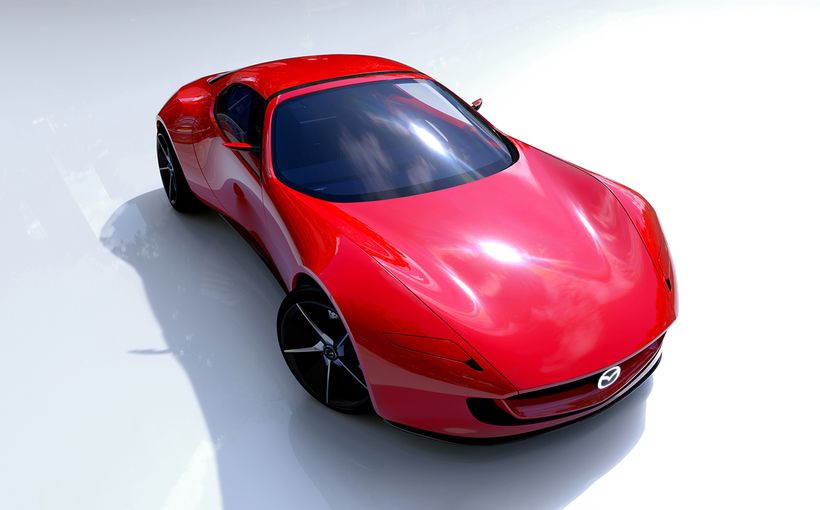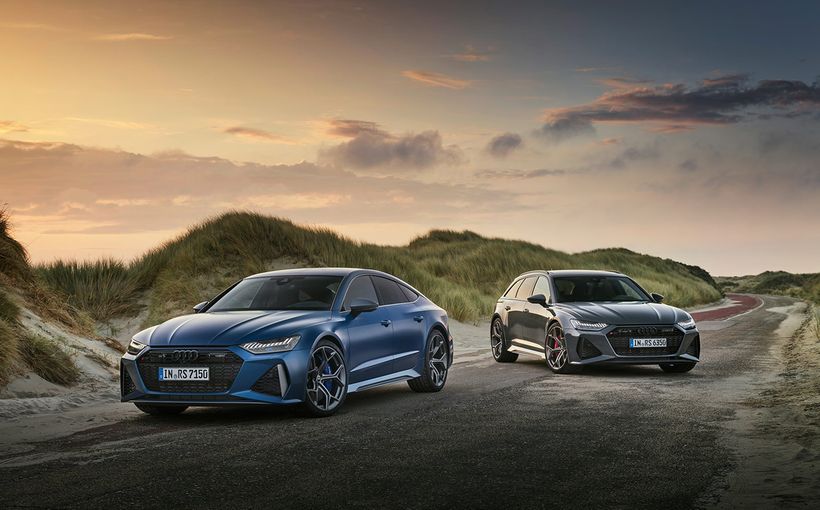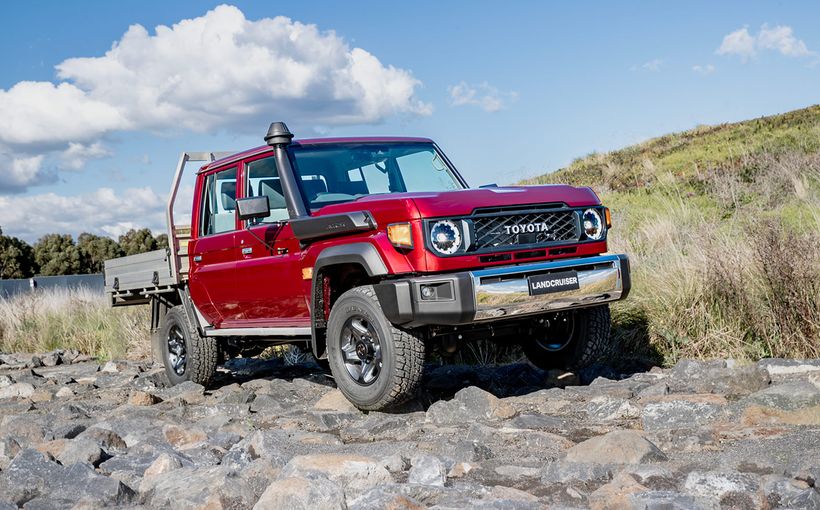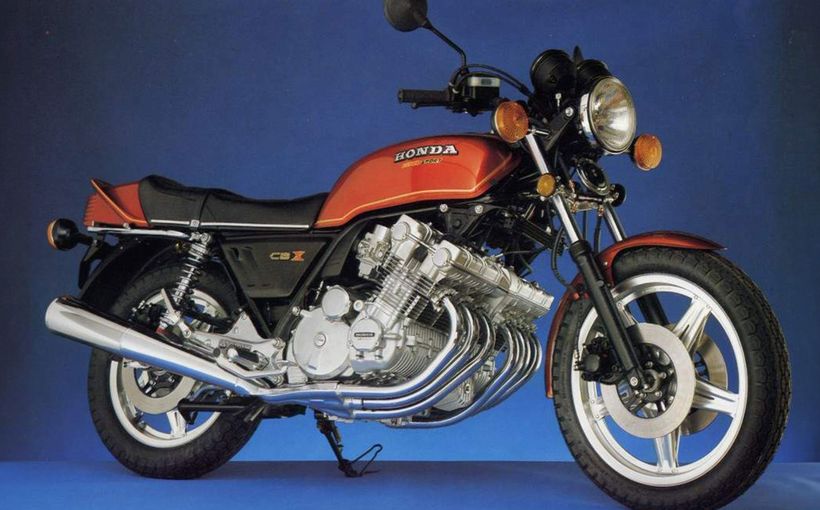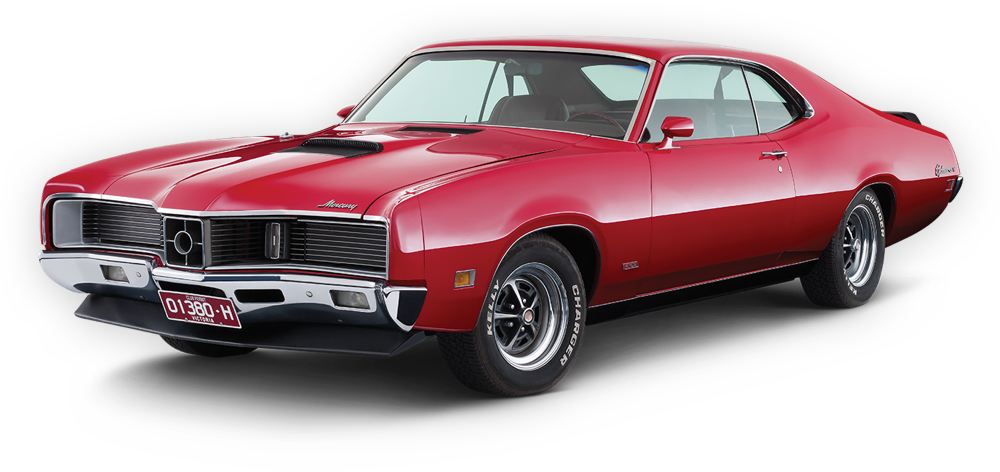HOW many people out there are willing to pay $420,000 plus on-road costs for a Honda NSX?
That’s about the starting price of a Bentley Continental GT, a bit more than a Ferrari California or Lamborghini Huracan, a whole $25K above the new Aston Martin DB11, or a Porsche 911 Turbo Cabriolet and a Holden Spark combined.

A lot of dough for an American-made Honda, albeit a hybrid supercar with two engines and four-wheel drive. Australians have been cautious putting down their orders so far, with only a handful committing to the second-generation NSX.
At least it isn’t the $700,000 Lexus requested for the LFA hypercar back in 2012!
Yet the NSX has a very proud and important heritage, as well as a tradition to consider, as one of the automotive true disruptors decades before that term was even coined. There were no real Japanese supercars in the mid-engine two-seater Ferrari vein when it burst on to the scene in 1990, and the aluminium-bodied 3.0-litre V6 screamer completely showed the Italians (and Lotus) up in terms of efficiency, quality, practicality, ergonomics, reliability and durability.

Sure, the original’s timing was lousy – launching right in the middle of a global recession that Japan has still yet to really bounce back from – and it never sold anywhere near what the company had hoped, trickling along with only minor changes until 2004. But the Honda set the template for a better supercar, and we’re all better off as a result. Perhaps the nearest thing to it, in spiritual terms, has been the successful Audi R8.
So this 2017 second-generation NSX actually has huge shoes to fill. And one way that the company hopes to ensure that it continues the legacy of innovation is by rethinking production methods and ideologies.

Hand-assembled at a factory Honda rather naively dubs the Performance Manufacturing Centre in Marysville, Ohio (scene of the first-ever so-called Japanese transplant in 1982, where the second-generation Honda Accord began its inexorable rise to the top of the American passenger car sales charts), the new NSX has already pushed the supercar boundaries out by the way it is being built.
Said to blend “human craftsmanship and advanced technologies” to ensure a superior build quality, it pioneers groundbreaking welding, body construction and painting, final assembly and quality assurance methods and techniques. With a dozen patents pending, we’re talking blue ribbon precision. No car in history has ever been made this way apparently.
Yet, beyond the computers and robotics putting together this aluminium-intensive space-framed supercar, there are also 16 highly-skilled humans, undertaking 14 hours of hand-assembly per vehicle. Words like “surgical” welding processes are used to describe these peoples’ craft. Many come from the world of motorsport engineering.

Another production innovation is that Honda has built an all-glass “quality confirmation centre” at the heart of the production line, to allow technicians from each department to scrutinise every aspect of NSX as it comes into being.
Honda says every bolt on the car is hand started by a technician, all exterior body panels are manually installed from the inside of the car to ensure perfect side-to-side fitment and lasers are used to locate door hem edges, mudguards and door gaps so all exterior panels can be installed without needing adjustments.

The point of making such a hullabaloo about manufacturing is that new vehicles are actually becoming less reliable, because of intense cost pressures driving processes down to the lowest bidder. Even with so-called premium brands. The NSX, we’re assured, will be obsessively built for lasting satisfaction. World-beating service is the new luxury.
Of course, with its precision ultra-rigid and lightweight aluminium space-frame construction, the NSX itself is advancing the supercar cause too.

Behind the seats but ahead of the rear axle is a 3.5-litre twin-turbocharged V6 that is also hand-built in Ohio, and not the engine found in your aunt’s Accord. It delivers a hefty 373kW of power at 6500-7000rpm, and 550Nm of torque between 2000-6000rpm.
Of course, being a hybrid supercar, that internal combustion powerhouse is paired to not one, but three electric motors – two on the front axle, producing 27kW a piece, and a 35kW unit on the rear axle; the combined total is 427kW and 646Nm. Note that every aspect of the powertrain is machine balanced, bench-tested, and run-in to the equivalent of 200km of service, and so ready for track work.
The Twin Motor system means of course that all four wheels are driven, through a nine-speed dual-clutch transmission that is also of a specific Honda design. Honda’s Integrated Dynamics System integrates the brakes, steering, throttle, stability assist, dampers and the Sport Hybrid SH-AWD control systems into selectable modes – Quiet for driving on electric power only, Sport, Sport+ and Track. Suspension is via a multi-link design with magnetorheological adaptive dampers for a fighting chance of comfort as well as dynamic prowess, while the brakes boast carbon-ceramic rotors to help ensure outstanding stopping power.

The NSX will need them. The 0-100km/h sprint time is over in just 2.9 seconds, on the way to a top speed of 307km/h. Conversely, the official combined fuel economy rating is 9.7 litres per 100km. Supercar indeed!
Australian-bound NSXs will include a carbon-fibre exterior package as standard, taking in the roof, engine cover, bootlid spoiler, diffuser, front under-spoiler and side skirts, while the interior will see the stuff swathe parts of the dash and steering wheel (rim and spokes). Alcantara headliner, semi-aniline leather and Alcantara power seats also make the grade for local buyers.

Honda is also packing in plenty of luxury features, including LED lights, touchscreen, heated and electric sports leather seats, high-end nine-speaker audio, and leather-lined instrument and door panels; that this hybrid still comes in at a reasonable 1725kg is quite an achievement. Holding everything up are 245/35ZR19 tyres up front and 305/30ZR20 rubber out back.
So the Americans seem to get the point – sold there as an Acura, the 2017 NSX is already subject to a two-year waiting list. Because, to paraphrase a cosmetics tag line, this Honda certainly seems worth it.
Don't you agree?
Byron Mathioudakis GoAuto.com.au
Protect your Honda. Call Shannons Insurance on 13 46 46 to get a quote today.




